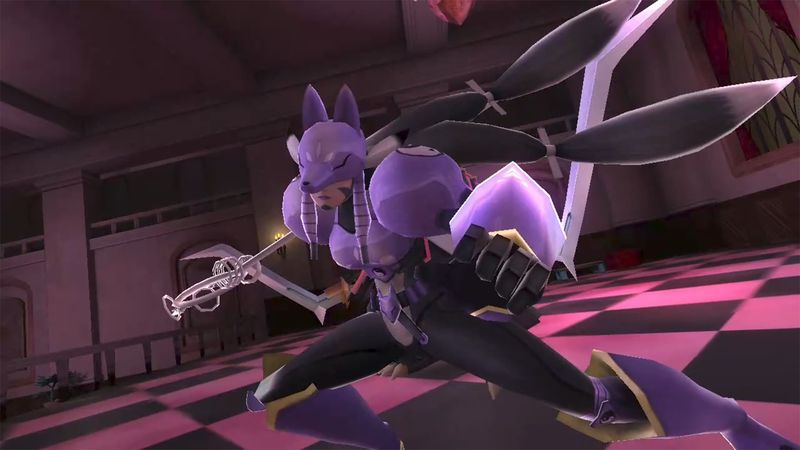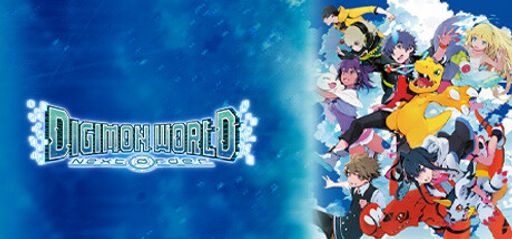 Hey team, I just spent hours playing Digimon World: Next Order by HYDE, Inc. and Bandai Namco Entertainment. It’s a hidden gem for fans of monster-collecting RPGs. The game mixes a classic feel with updated features. Players love the dual-Digimon partner system and the way AI controls battles, letting you focus on big-picture decisions. One Steam user called it “endlessly fun,” especially because of the loop of rebuilding and improving Floatia, the main town.
Hey team, I just spent hours playing Digimon World: Next Order by HYDE, Inc. and Bandai Namco Entertainment. It’s a hidden gem for fans of monster-collecting RPGs. The game mixes a classic feel with updated features. Players love the dual-Digimon partner system and the way AI controls battles, letting you focus on big-picture decisions. One Steam user called it “endlessly fun,” especially because of the loop of rebuilding and improving Floatia, the main town.
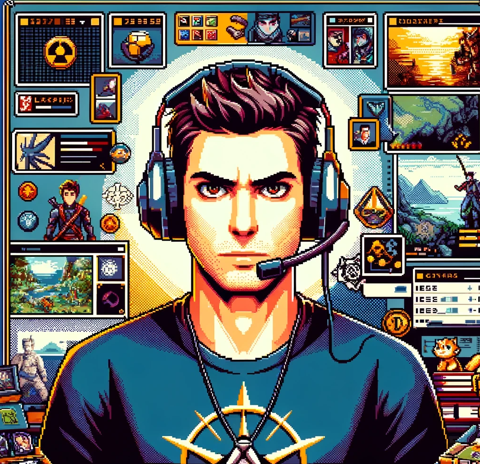 Same here. As someone who likes finishing everything, I’m all in on collecting 200+ Digimon, upgrading every building, and getting every achievement. HYDE, Inc. also hid secret side quests in far-off places like Logic Volcano and Faulty Ex Machina. The town-building is more than just looks—you can grow food, recruit Digimon, and unlock special shops that improve your team. The deeper you go, the more satisfying it feels for anyone who enjoys 100% completion.
Same here. As someone who likes finishing everything, I’m all in on collecting 200+ Digimon, upgrading every building, and getting every achievement. HYDE, Inc. also hid secret side quests in far-off places like Logic Volcano and Faulty Ex Machina. The town-building is more than just looks—you can grow food, recruit Digimon, and unlock special shops that improve your team. The deeper you go, the more satisfying it feels for anyone who enjoys 100% completion.
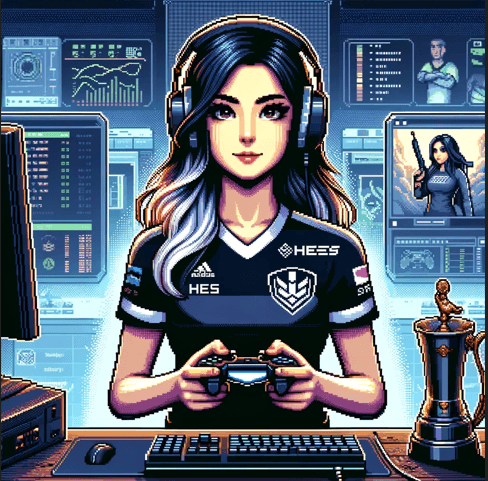 The battle system takes some learning. You raise and evolve two Digimon to fight together, but timing skills like “Defense Order” is key—especially when bosses use strong moves that can knock you out fast. One reviewer said this command unlocks late, which slows progress early on. That setup can be tough for new players. It might help if these tools were available sooner to make early battles easier to manage.
The battle system takes some learning. You raise and evolve two Digimon to fight together, but timing skills like “Defense Order” is key—especially when bosses use strong moves that can knock you out fast. One reviewer said this command unlocks late, which slows progress early on. That setup can be tough for new players. It might help if these tools were available sooner to make early battles easier to manage.
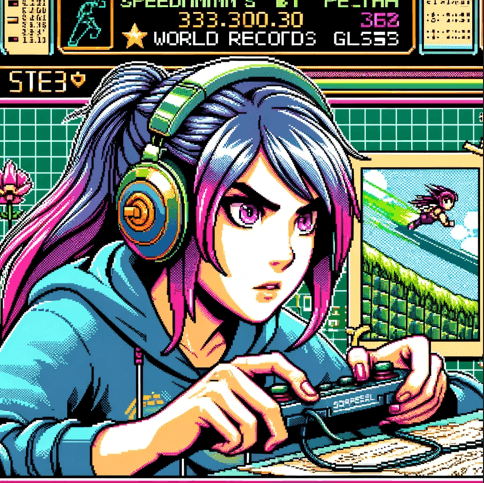 I found a few fast ways to work around the delay. By using defense moves and healing items together, I skipped long fights and kept moving. Digimon in this game age over time, so you have to plan fast evolutions with smart training paths. With good timing and grinding, you can beat the main story in under 10 hours if you focus on speed.
I found a few fast ways to work around the delay. By using defense moves and healing items together, I skipped long fights and kept moving. Digimon in this game age over time, so you have to plan fast evolutions with smart training paths. With good timing and grinding, you can beat the main story in under 10 hours if you focus on speed.
 The dual-Digimon AI system is one of the best parts. You give general orders while your Digimon act on their own. It’s a cool mix of real-time and turn-based fighting. HYDE, Inc. built it on a flexible game engine that makes fights look exciting and feel smooth. It works well for both experienced players and beginners.
The dual-Digimon AI system is one of the best parts. You give general orders while your Digimon act on their own. It’s a cool mix of real-time and turn-based fighting. HYDE, Inc. built it on a flexible game engine that makes fights look exciting and feel smooth. It works well for both experienced players and beginners.

 True, but looking closer, each Digimon possesses meta-stats like luck, weight, and data attributes, influencing how they react in battle and evolve. Some puzzles in ancient ruins specifically require elemental Digimon types—like Fire or Machine—forcing players to plan strategic party compositions instead of brute-forcing encounters. This element of tactical depth is reminiscent of the Gambit System from Final Fantasy XII, demanding both foresight and adaptability.
True, but looking closer, each Digimon possesses meta-stats like luck, weight, and data attributes, influencing how they react in battle and evolve. Some puzzles in ancient ruins specifically require elemental Digimon types—like Fire or Machine—forcing players to plan strategic party compositions instead of brute-forcing encounters. This element of tactical depth is reminiscent of the Gambit System from Final Fantasy XII, demanding both foresight and adaptability.
 I loved uncovering hidden maps and secret zones for rare items and Digimon. While players often gripe about the lack of automatic sprinting, I found that manually dashing introduced stakes—especially when wild Digimon ambush you. That tension keeps exploration engaging and interactive rather than passive.
I loved uncovering hidden maps and secret zones for rare items and Digimon. While players often gripe about the lack of automatic sprinting, I found that manually dashing introduced stakes—especially when wild Digimon ambush you. That tension keeps exploration engaging and interactive rather than passive.
 For speedrunners, however, manual sprinting is a hurdle. I routed efficient paths through areas like the MOD Cape and Nigh Plains, using high-Agility Digimon like Rapidmon to skip unnecessary cutscenes and bypass random encounters. These techniques shaved 15% off my run time, demonstrating the game’s mechanical depth for those who experiment.
For speedrunners, however, manual sprinting is a hurdle. I routed efficient paths through areas like the MOD Cape and Nigh Plains, using high-Agility Digimon like Rapidmon to skip unnecessary cutscenes and bypass random encounters. These techniques shaved 15% off my run time, demonstrating the game’s mechanical depth for those who experiment.
 In terms of narrative, I found the plot hooks refreshingly bold. You awaken in a world plagued by corrupted Machinedramon. According to a Famitsu developer interview, the team aimed to build an emotional connection with the player, designing story arcs that mirror themes from the original Digimon Adventure anime. While the dialogue is punchy and emotionally grounded, the pacing dips in the post-game content, stretching some arcs thin.
In terms of narrative, I found the plot hooks refreshingly bold. You awaken in a world plagued by corrupted Machinedramon. According to a Famitsu developer interview, the team aimed to build an emotional connection with the player, designing story arcs that mirror themes from the original Digimon Adventure anime. While the dialogue is punchy and emotionally grounded, the pacing dips in the post-game content, stretching some arcs thin.
 World-building in Digimon World: Next Order is rich, primarily delivered through NPC logs, Digimon banter, and side conversations. It’s immersive, but some quests suffer from vague directions or poor item tracking. One Steam reviewer mentioned the lack of an in-game codex or quest tracker as a missed opportunity—especially when trying to locate mission-critical items.
World-building in Digimon World: Next Order is rich, primarily delivered through NPC logs, Digimon banter, and side conversations. It’s immersive, but some quests suffer from vague directions or poor item tracking. One Steam reviewer mentioned the lack of an in-game codex or quest tracker as a missed opportunity—especially when trying to locate mission-critical items.

 I catalog every Digimon in the in-game Digipedia, which functions like a living Pokédex. Each entry adds background lore, evolution trees, and biome-specific spawning info. For collectors, this ever-expanding database is a key driver for hitting 100% completion goals.
I catalog every Digimon in the in-game Digipedia, which functions like a living Pokédex. Each entry adds background lore, evolution trees, and biome-specific spawning info. For collectors, this ever-expanding database is a key driver for hitting 100% completion goals.
 I especially appreciate the audio cues when entering new zones—certain themes and sound effects indicate wild Digimon spawns. This helps me decide when to reroute or reset farming paths. It’s subtle but invaluable during long grind sessions or speedrun attempts.
I especially appreciate the audio cues when entering new zones—certain themes and sound effects indicate wild Digimon spawns. This helps me decide when to reroute or reset farming paths. It’s subtle but invaluable during long grind sessions or speedrun attempts.
 Visually, the art direction shines. HYDE, Inc. took clear inspiration from the PS1-era Digimon World aesthetic, now modernized with cel-shaded textures and a vibrant color palette. Floatia glows with neon greens, blues, and futuristic accents. On PC, I maintained a smooth 60 FPS, while Switch performance dipped slightly in densely populated areas but remained playable overall.
Visually, the art direction shines. HYDE, Inc. took clear inspiration from the PS1-era Digimon World aesthetic, now modernized with cel-shaded textures and a vibrant color palette. Floatia glows with neon greens, blues, and futuristic accents. On PC, I maintained a smooth 60 FPS, while Switch performance dipped slightly in densely populated areas but remained playable overall.
 Battle animations are slick and expressive. Digivolution sequences are a highlight, delivering emotional weight with every transformation. Compared to games like Pokémon Legends: Arceus, Next Order leans more into pure fan service—favoring character flair over seamless open-world transitions.
Battle animations are slick and expressive. Digivolution sequences are a highlight, delivering emotional weight with every transformation. Compared to games like Pokémon Legends: Arceus, Next Order leans more into pure fan service—favoring character flair over seamless open-world transitions.
 I found a minor glitch that allows players to gain extra items from the market when certain conditions overlap. While small, this exploit helps optimize time spent farming key crafting materials—ideal for completionists like myself.
I found a minor glitch that allows players to gain extra items from the market when certain conditions overlap. While small, this exploit helps optimize time spent farming key crafting materials—ideal for completionists like myself.
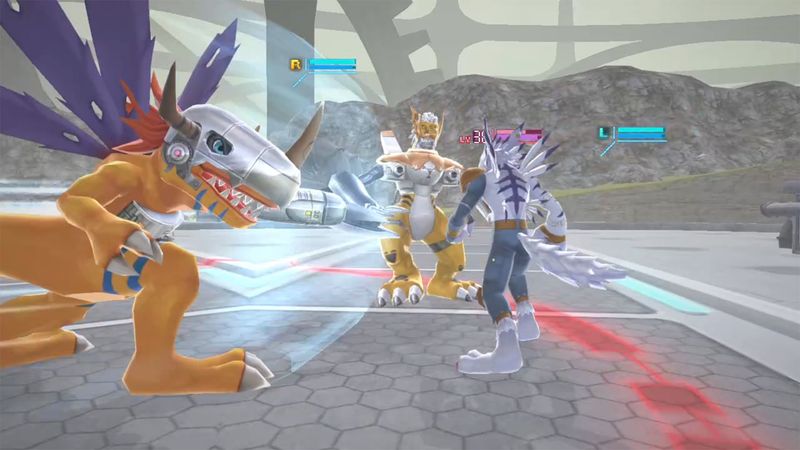
 I’ve used that glitch to optimize time. You can farm key materials in under two minutes.
I’ve used that glitch to optimize time. You can farm key materials in under two minutes.
 Audio-wise, the soundtrack blends orchestral undertones with electronic rock. Tracks like “Vertex City” build tension ahead of major boss fights. The sound design—from Digimon roars to digital glitches—elevates immersion during exploration and battle alike.
Audio-wise, the soundtrack blends orchestral undertones with electronic rock. Tracks like “Vertex City” build tension ahead of major boss fights. The sound design—from Digimon roars to digital glitches—elevates immersion during exploration and battle alike.
 Voice acting is mostly limited to battle cries and evolution sounds, but each line carries emotional impact. I do wish for more voiced cutscenes in future updates. Still, ambient audio in Floatia—from Digimon chatter to town bells—creates a lively, lived-in atmosphere.
Voice acting is mostly limited to battle cries and evolution sounds, but each line carries emotional impact. I do wish for more voiced cutscenes in future updates. Still, ambient audio in Floatia—from Digimon chatter to town bells—creates a lively, lived-in atmosphere.
 During speedruns of Digimon World: Next Order, I sync movement inputs with background music tempos to maintain rhythm. These audio cues become muscle memory over time, helping with tight timing and efficient traversal.
During speedruns of Digimon World: Next Order, I sync movement inputs with background music tempos to maintain rhythm. These audio cues become muscle memory over time, helping with tight timing and efficient traversal.

 Let’s talk characters. Your Digidestined avatar is fully customizable, including gender selection and outfit choices—an appreciated step for inclusion. NPCs like the Fragment Canyon researcher have rich backstories tied to Digimon lore, enhancing side quest depth.
Let’s talk characters. Your Digidestined avatar is fully customizable, including gender selection and outfit choices—an appreciated step for inclusion. NPCs like the Fragment Canyon researcher have rich backstories tied to Digimon lore, enhancing side quest depth.
 Certain Digimon—like Sakuyamon—have deep training arcs. The Bond Gauge mechanic adds emotional payoff to training sessions, making it feel more like mentoring a partner than simply grinding stats. This relationship mechanic creates real investment.
Certain Digimon—like Sakuyamon—have deep training arcs. The Bond Gauge mechanic adds emotional payoff to training sessions, making it feel more like mentoring a partner than simply grinding stats. This relationship mechanic creates real investment.
 I’ve logged every NPC side quest, unlocking new Digimon evolutions, collectible trophies, and unique cutscenes. For completionists, this adds layers of replayability and sense of discovery.
I’ve logged every NPC side quest, unlocking new Digimon evolutions, collectible trophies, and unique cutscenes. For completionists, this adds layers of replayability and sense of discovery.
 Personally, I focus more on stat optimization than narrative, but I respect the rich character arcs woven into the game’s DNA. Even when chasing leaderboard speedruns, I appreciate how lore is embedded in gameplay progression.
Personally, I focus more on stat optimization than narrative, but I respect the rich character arcs woven into the game’s DNA. Even when chasing leaderboard speedruns, I appreciate how lore is embedded in gameplay progression.
 On challenge level, many users report steep difficulty spikes, particularly against bosses who spam ultimates. Without a mastery of defense commands and healing items, the grind becomes brutal. This raises the skill ceiling significantly in late-game encounters.
On challenge level, many users report steep difficulty spikes, particularly against bosses who spam ultimates. Without a mastery of defense commands and healing items, the grind becomes brutal. This raises the skill ceiling significantly in late-game encounters.
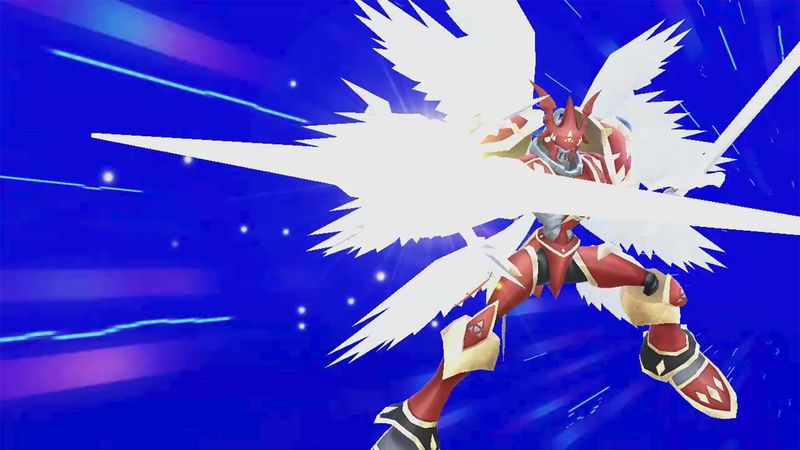
 For hardcore players, the post-game content demands near-perfect Digimon management. Missing even one training cycle or stat boost can derail progress. Still, I never felt completely stuck—thanks to methodical planning and item hoarding.
For hardcore players, the post-game content demands near-perfect Digimon management. Missing even one training cycle or stat boost can derail progress. Still, I never felt completely stuck—thanks to methodical planning and item hoarding.
 For fun, I crafted a low-level run by capturing early veteran-tier Digimon in wild zones. This strategy trims grind time and ramps up the early-game intensity—perfect for speed-based challenges.
For fun, I crafted a low-level run by capturing early veteran-tier Digimon in wild zones. This strategy trims grind time and ramps up the early-game intensity—perfect for speed-based challenges.
 Finally, replay value in Digimon World: Next Order is enormous. With over 200 Digimon, branching Floatia upgrades, and alternate endings, you’ll return again and again for different builds. Some side stories even unlock rare Digimon only on subsequent playthroughs.
Finally, replay value in Digimon World: Next Order is enormous. With over 200 Digimon, branching Floatia upgrades, and alternate endings, you’ll return again and again for different builds. Some side stories even unlock rare Digimon only on subsequent playthroughs.
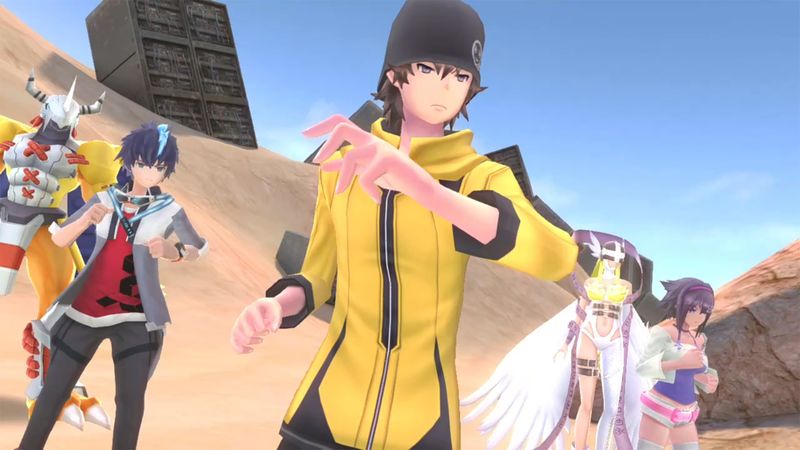
 I’m already deep into my third playthrough, chasing the final trophies and experiencing new Floatia events. Competitive players will love tweaking AI battle orders, maximizing stat spreads, and joining the evolving community meta.
I’m already deep into my third playthrough, chasing the final trophies and experiencing new Floatia events. Competitive players will love tweaking AI battle orders, maximizing stat spreads, and joining the evolving community meta.
 Digimon World: Next Order continues to thrive on speedrunning leaderboards. I still chase improved times and new routing tech shared by the global community—proof the game supports long-term competitive play.
Digimon World: Next Order continues to thrive on speedrunning leaderboards. I still chase improved times and new routing tech shared by the global community—proof the game supports long-term competitive play.
 Final Thoughts on Digimon World: Next Order. This game shines with its innovative dual-Digimon partner system and robust town-building mechanics, expertly crafted by HYDE, Inc. This monster-collecting RPG blends nostalgic elements with modern depth, offering a strategic and exploration-heavy experience. Fans of creature collection and RPG hybrids will find this title especially rewarding. For players seeking similar adventures, standout alternatives include Monster Hunter Stories 2 with its turn-based battles and village building, Pokémon Legends: Arceus for open-world exploration and creature bonding, Yo-kai Watch 4 featuring real-time combat and narrative-driven town upgrades, Ni no Kuni II: Revenant Kingdom combining kingdom-building with role-playing charm, and Dragon Quest Builders 2 for sandbox construction and RPG progression. Each delivers deep gameplay, immersive worlds, and hours of creature-driven fun.
Final Thoughts on Digimon World: Next Order. This game shines with its innovative dual-Digimon partner system and robust town-building mechanics, expertly crafted by HYDE, Inc. This monster-collecting RPG blends nostalgic elements with modern depth, offering a strategic and exploration-heavy experience. Fans of creature collection and RPG hybrids will find this title especially rewarding. For players seeking similar adventures, standout alternatives include Monster Hunter Stories 2 with its turn-based battles and village building, Pokémon Legends: Arceus for open-world exploration and creature bonding, Yo-kai Watch 4 featuring real-time combat and narrative-driven town upgrades, Ni no Kuni II: Revenant Kingdom combining kingdom-building with role-playing charm, and Dragon Quest Builders 2 for sandbox construction and RPG progression. Each delivers deep gameplay, immersive worlds, and hours of creature-driven fun.
